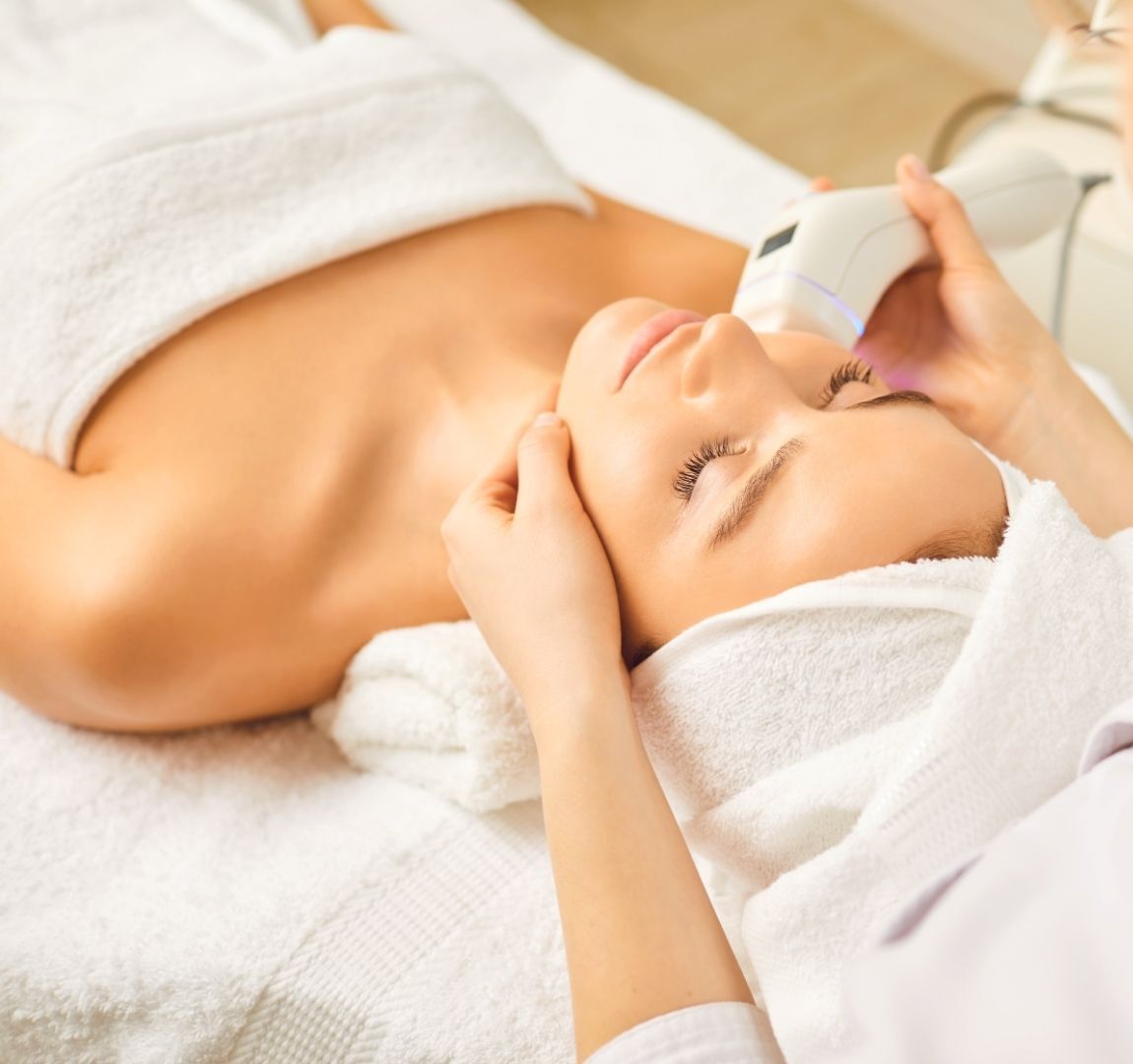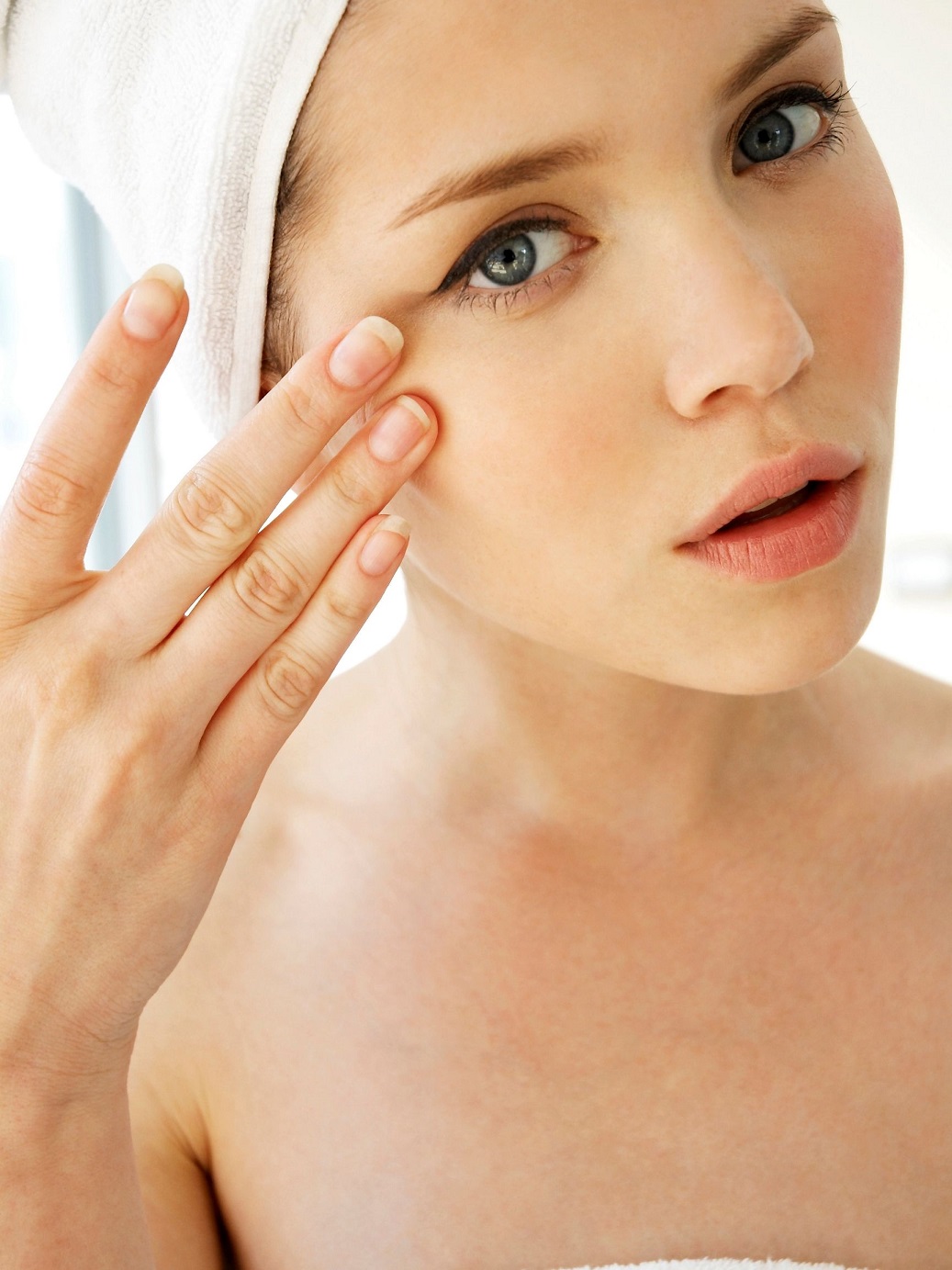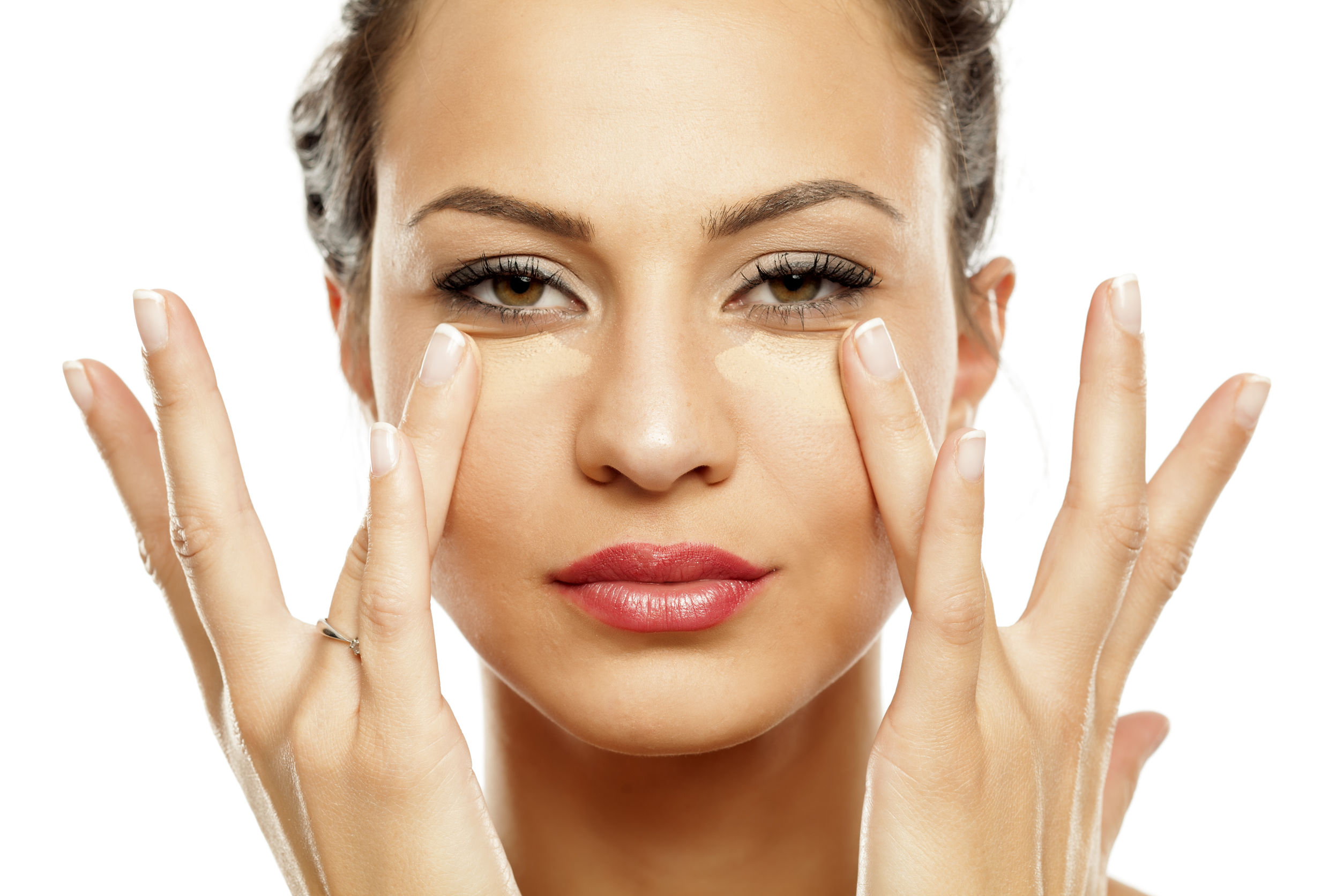
How to Fix Sun Damaged Skin
The sun’s UV rays are the number-one cause for premature aging—or, what it’s more widely referred to: sun damage.
Sun damage is what happens when the skin is overexposed to the sun’s UV rays. The UV rays can penetrate the skin even in the deepest layers and cause changes to DNA at the cellular level. By affecting everything from the surface of the skin to the very depths of it, UV rays are able to negatively affect the aging process of the skin and, in some cases, lead to cancer.
The tricky part about sun damage is that you can’t always see it in a way that would make you think, “Sh*t, I have sun damage.” And, in some cases, your skin might look relatively flawless, but then you’ll visit a dermatologist, test out their UV photography, and gasp in horror at the results. That’s because many signs of sun damage take a bit to fully reach the surface of the skin (which can seem confusing given UV rays hit the surface first but bear with us).
It can take years for sun damage to become visible because of the depth at which the UV rays damage skin cells. Some of the visible signs of sun damage include brown spots, wrinkles and fine lines, loss of elasticity, and an uneven skin tone or texture.
If and when you do start to notice these signs, don’t be alarmed. Instead, take a deep breath and—with the help of the below list of at-home and spa treatments that we’ve compiled—feel confident that you know how to fix (and prevent) sun-damaged skin.
- Apply Vitamin C Daily
One of the best ways to combat the harmful effects of UV rays is to stock your skincare routine with antioxidants like vitamin C.
Vitamin C is a powerful antioxidant that helps to combat the formation of hyperpigmentation, fine lines, and wrinkles that result from exposure to UV rays. The restorative properties of L-ascorbic acid (the active version of vitamin C) contribute to the acceleration of collagen and elastin production in the skin. As you may know, collagen and elastin are largely responsible for keeping the skin looking healthy and youthful, so by applying vitamin C, you’ll be able to revitalize your complexion and slowly reverse the effects of sun damage. (Keyword: slowly. As with any topical skincare product, you’ll need to give vitamin C formulations a few weeks to really show what they can offer.)
2. Don’t Be Afraid of Retinol
Another ingredient that can work a world of good for sun-damaged skin? Retinol.
Topical retinoids are considered the gold standard in anti-aging skincare only second to sunscreen. Topical retinoids can be used frequently in skincare routines to retexturize sun-damaged skin, promote skin cell turnover, and address blotchiness and uneven skin tone. Additionally, they also help stimulate the production of collagen and elastin in skin lost from UV radiation-induced breakdown. Prescription retinoids from your dermatologist tend to be more effective with fast results than over-the-counter ones, which tend to be weaker and slow to yield results. However, OTC retinols are great for those with sensitive skin, as prescription retinoids can be associated with more irritation.
3. Consider Adding OTC Chemical Peels to Your Routine
If the very words “chemical peel” scare you in combination with thoughts of your face, allow us to put your worries to rest. Chemical acids can actually do wonders for your skin. In fact, adding acid solutions (aka chemical exfoliants) to your skincare routine—whether you opt for mandelic, glycolic, salicylic, or trichloroacetic acids—can help turn back the clock on sun damage.
Chemical peels improve the appearance of sun-damaged skin by using a chemical solution to speed up the process of skin renewal or turnover. With skin exfoliation, the new skin underneath may appear smoother, less dull and pigmented, and may even have less fine lines and precancers. Now that you’re bound to want to add a chemical exfoliant to your routine, just remember that, while on their own they’re plenty gentle, it’s generally not a good idea to mix different chemical exfoliants. So, if you add more than one to your routine, be sure to use one in the morning and one at night. What’s more, it’s always a good idea to do a patch test before applying the product all over your face.
4. Book a Chemical Peel
Since so many exfoliating acids exist—and since many at-home versions are much lower in strength and effectiveness than in-office peels—book a chemical peel if you have noticeable signs of sun damage. Think of in-office peels as at-home acid-infused products taken to the tenth power. That’s because dermatologists can blend and customize peels for a patient’s specific needs—whether it be sun spots, hyperpigmentation, fine lines, or wrinkles. It’s a skill that makes chemical peels one of the top cosmetic services performed in dermatologists’ practices—they yield the most results.
5. Consider Dermaplaning
Another treatment that can be enjoyed at-home and spa facial treatment is dermaplaning. Where at-home dermaplaning is very gentle and largely geared toward improving skin texture by removing peach fuzz, spa dermaplaning goes a step further. That’s because, aesthetician dermaplaning is often combined with a chemical peel treatment.
Dermaplaning helps replace sun-damaged skin with new skin growth that enables better product absorption and that appears healthier and more vibrant. When you’ve had a combination of dermaplaning and chemical peel, your results will be amplified because your skin can better accept the peel treatment.
6. Schedule a Microdermabrasion Appointment (After the Summer)
Generally speaking, summer is prime time for sun damage. After all, it’s when most people are out and about, enjoying the great outdoors and all it has to offer. The problem is, spa chemical peels and other skin resurfacing treatments, like dermabrasion, can make skin sensitive to sunlight, making it that much more susceptible to damage. Because of this, we recommend holding those treatments off until fall.
In fall, chemical peels microdermabrasion may be a great option to revive and repair summer-ravaged skin.
7. Book a Micro Needling Treatment
Another spa facial bonus option is micro needling. Years of sun exposure without sun protection can lead to rough and uneven textural changes along with fine lines and wrinkles. Micro needling can be used to address skin laxity, fine lines, and wrinkles to help retexturize the skin. Micro needling is a medical procedure that uses short fine needles for controlled wounding of the skin that stimulates collagen and elastin production with increased blood circulation.
So what are you waiting for?
Call Botanica Day Spa and book one of our sun damage fixing facials today!
Love,
Gen



Leave a Reply